My main conclusion from this winter of birding in the US has been that my choice to live in the tropics is, in fact the correct one. That said, there's one area where winter birding in the Northern Hemisphere stands out, and that's in its absolutely unparalleled selection of strange waterfowl migrating down south to more temperate areas. It is, in the
immortal words of Rosemary Mosco, Weird Duck Time.
This post actually starts a couple weeks ago immediately after I finished birding in Huntley Meadows with George and Atima. After they headed out I considered just going home home, but instead on a whim drove a half hour westwards to Burke Lake Park, which had some recent eBird records of ducks I still needed for my year list. It was still brutally cold when I got there- even colder, in fact, because of the freezing wind blowing in from off the lake. Birding was sort of miserable (have I mentioned I hate cold?), but the ducks were indeed there- mostly Canada Geese but a good number of Redheads, Ruddy Ducks, Ring-necked Ducks, and even a couple of Canvasbacks. Off the dock I saw a few Tundra Swans engaged in the usual swan squabbling, and a Bald Eagle even flew in and perched on the ice for a bit- some proper winter scenery in an area that doesn't usually get much of it.
 |
| Canada Geese |
 |
| Canvasback, one of my favorite ducks |
 |
| Canvasback and Redheads |
 |
| Ring-necked Duck |
 |
| Tundra Swans being jerks as always |
 |
| Bald Eagle and Tundra Swans |
 |
| Dark-eyed Junco, the classic winter bird |
On January 27 I made a trip out to the coast, which I had been meaning to do for quite a while. I decided to visit Barnegat Light in southern New Jersey, well known as possibly the best spot in the eastern US for ocean-going ducks and other birds like Purple Sandpiper. Nikki and I had gone there a few years and it allowed me to get some of my
favorite bird pictures ever, so my hopes were high. Andrew, who I had just seen for a Pink-footed Goose twitch, joined me as well so it was a good excuse to see birding friends along with cool birds.
It was a 4-hour drive from DC out to the coast, and I met Andrew at a spot nearby where we could look for Greater Scaup, which I still needed for my year list. He took me to Cedar Bonnet Island, part of the extensive Edwin B. Forsythe National Wildlife Refuge, and with a bit of scoping we saw dozens of Greater Scaup, along with hundreds of Buffleheads and a little flock of Brant. With that out of the way, we immediately headed to Barnegat.
The birding spot at the Barnegat Lighthouse doesn't seem too special- just a pair of long jetties jutting into the Atlantic Ocean beyond a picturesque lighthouse. For whatever reason the winter birds have decided they love it though, and they're present by the hundreds. First to greet us were the usual Herring Gulls, Great Black-backed Gulls, and Buffleheads, but soon we started to see more groups of Long-tailed Ducks- most in non-breeding plumage but including a few males in their spectacular winter colors. Long-tailed is quite possibly my second-favorite duck, and Barnegat may just be the best place in the world to see them- we had over 400 of them, and even that is probably an undercount! I practically filled up my memory card taking pictures of them as they floated or flew by, practically at arm's reach.
 |
| Long-tailed Duck |
 |
| The pier with Barnegat Light in the distance |
We soon caught up to my first-favorite duck: the small groups of Harlequin Ducks that take up residence at the jetty in the wintertime. The spectacular indigo, orange and white males are quite possibly one of the most eye-catching birds anywhere in the world, and they simply don't make ducks any better than these ones. We were lucky enough to have a couple of them float by at close quarters, though I didn't manage the great flight shots I was hoping for. The slate-grey sky was also a bit disappointing, as I didn't have the gorgeous light I'd had on my previous visit.
 |
| Harlequin Ducks |
The weird ducks didn't stop there- there were Brants in small numbers, a few pairs of Common Eiders with their enormous heads, lots of Black Scoters and Surf Scoters as well as a surprise pair of White-winged Scoters I was able to scope from the end of the jetty, and many Red-breasted Mergansers. Near the end of the jetty Andrew spotted the single female King Eider that had been hanging out there over the winter- a lifer for me. Interestingly enough my first two lifers of 2024 have both been in Jersey, and both with Andrew. Guess I should spend more time there.
 |
| Brant |
 |
| Surf Scoter |
 |
| Black Scoter |
 |
| Common Eider are... slightly larger than Harlequin Ducks |
 |
| King Eider |
 |
| Male Red-breasted Merganser |
 |
| Female Red-breasted Merganser devouring an Oyster Toadfish |
Ducks aside, the jetty held some other interesting birds. My favorite of those were the Purple Sandpipers, fluttering all around the rocks in little flocks and getting shockingly close to all the birders as they pootled around looking for shellfish and other little bugs. There were lots of Ruddy Turnstones, Sanderlings and Dunlins around as well, and a lone Grey Plover. The jetty is also notable for having a wintering population of the Ipswich subspecies of Savanna Sparrow, a few Great Cormorants, and some Red-throated Loons. Andrew and I thought we might have seen a rare Pacific Loon as well, but it wasn't a good enough view to be sure. A couple of Northern Gannets flew over, yet another good new year bird for me. There were a few Razorbills playing around far out to sea- the first alcids I'd seen in years, though far from the last (more about that soon).
 |
| Savanna Sparrow |
 |
| Purple Sandpipers |
 |
| Dunlin |
 |
| Ruddy Turnstone |
 |
| Sanderling |
 |
| Bonaparte's Gull |
 |
| Razorbill |
 |
| Great Cormorants |
 |
| Northern Gannet |
 |
| Red-throated Loon |
We tried wandering around the dunes near the jetty to see if we could scare up some pipits or Snow Buntings, but had nothing besides more
Ipswich Sparrows. We headed out of the park just before 4PM, when the parking lot closes. Our last stop was an expanse of saltmarsh at the Edmund Forsythe NWR where there were apparently some regular Short-eared Owl sightings. We waited there until past sunset, but for the most part all we saw were
Northern Harriers, even as it was getting dark. Finally, in the last bits of light I managed to spot a single
Short-eared Owl flying low over the marshland. It was so dark we could barely see it, but they're still spectacular birds, which I haven't seen since
Hawaii. It was a great way to end an extremely successful day of birding.
 |
| Just trust me that this is a Short-eared Owl |
 |
| The salt marsh |
Flush with success, we headed to a nearby pizza place that Andrew, as a Jersey native, suspected would be worth our while. He was correct, as it was the real deal- cheap plastic booths, chefs wearing gold chains speaking to each other in Italian, a customer in a ponytail and a leather jacket with the thickest Jersey accent I've ever heard waving around a stack of hundred dollar bills, and possibly the best pizza by the slice I've ever had. I made the long drive home and had a much more relaxed Sunday. I'm not entirely happy about being back in the US, and definitely not happy that I'm back here alone, but I can appreciate being able to explore more of the East Coast and reconnect with good birding friends.





























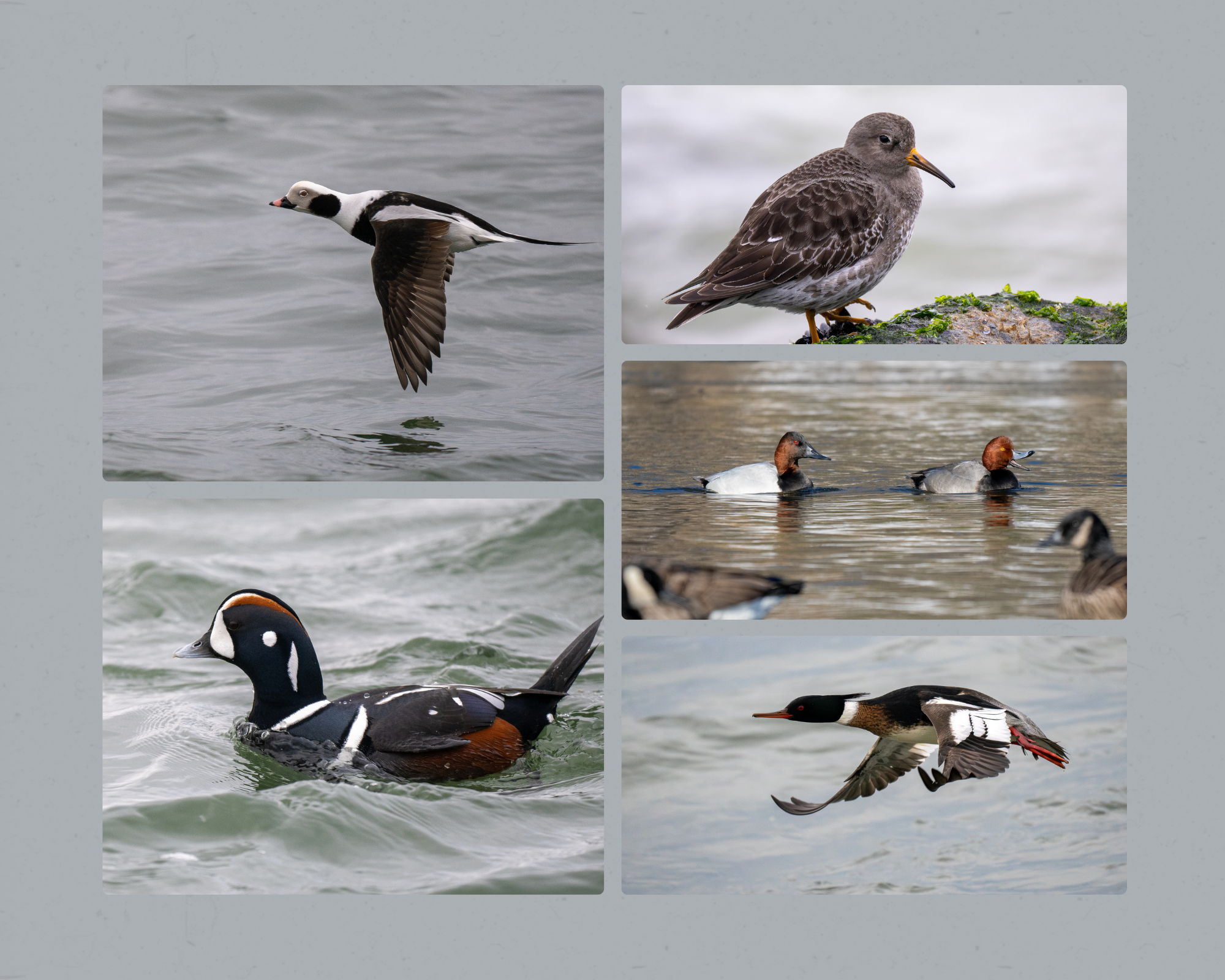
















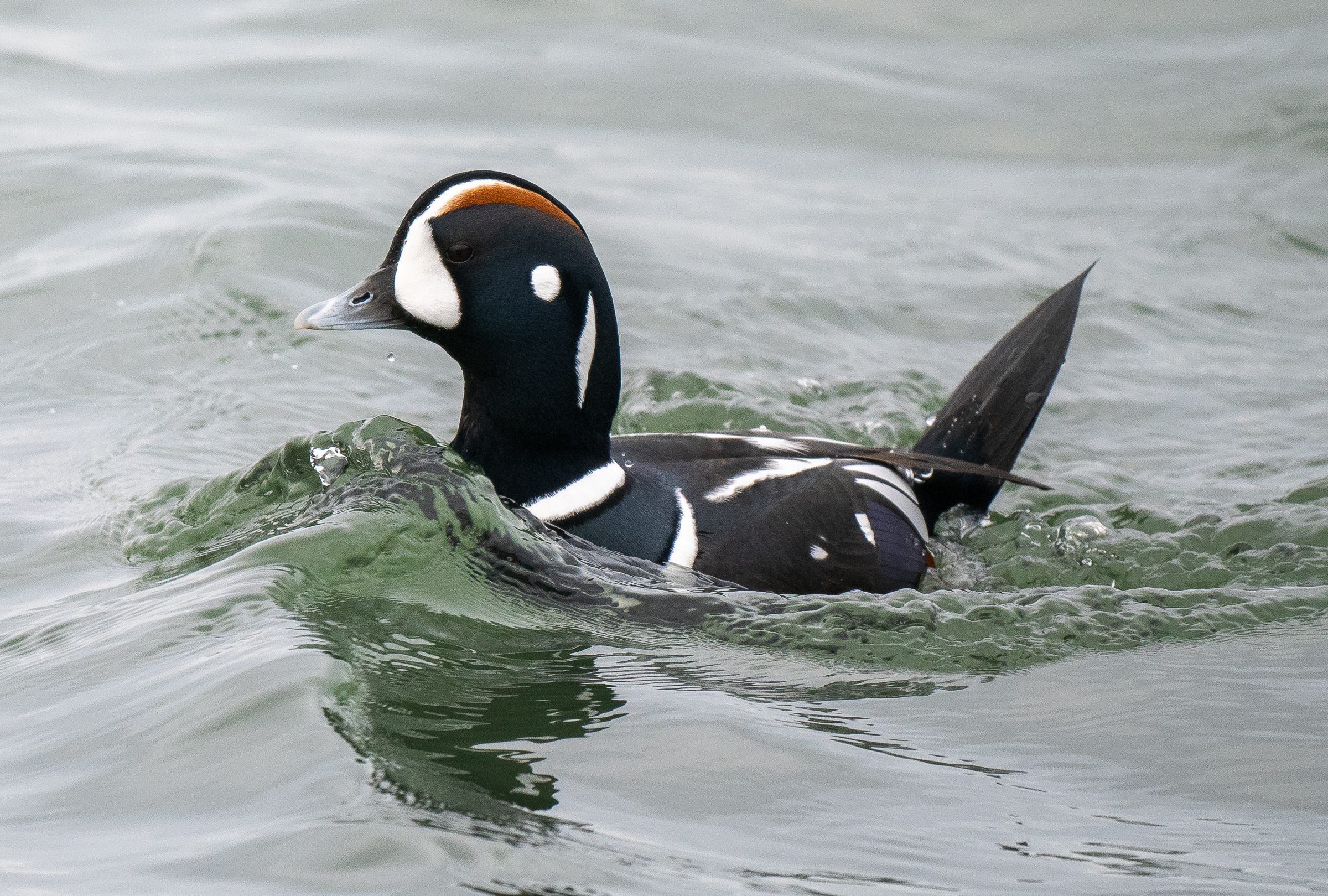


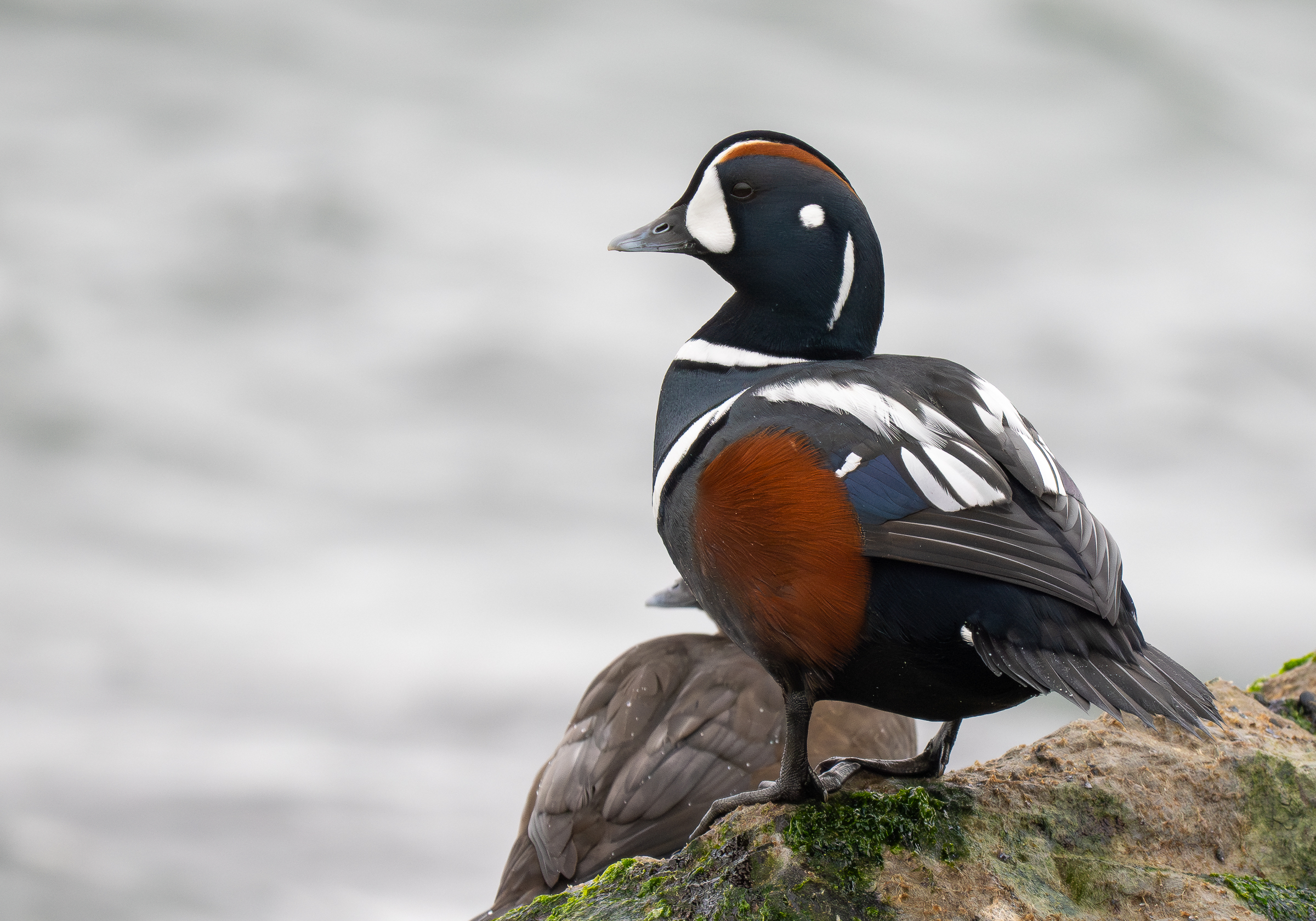


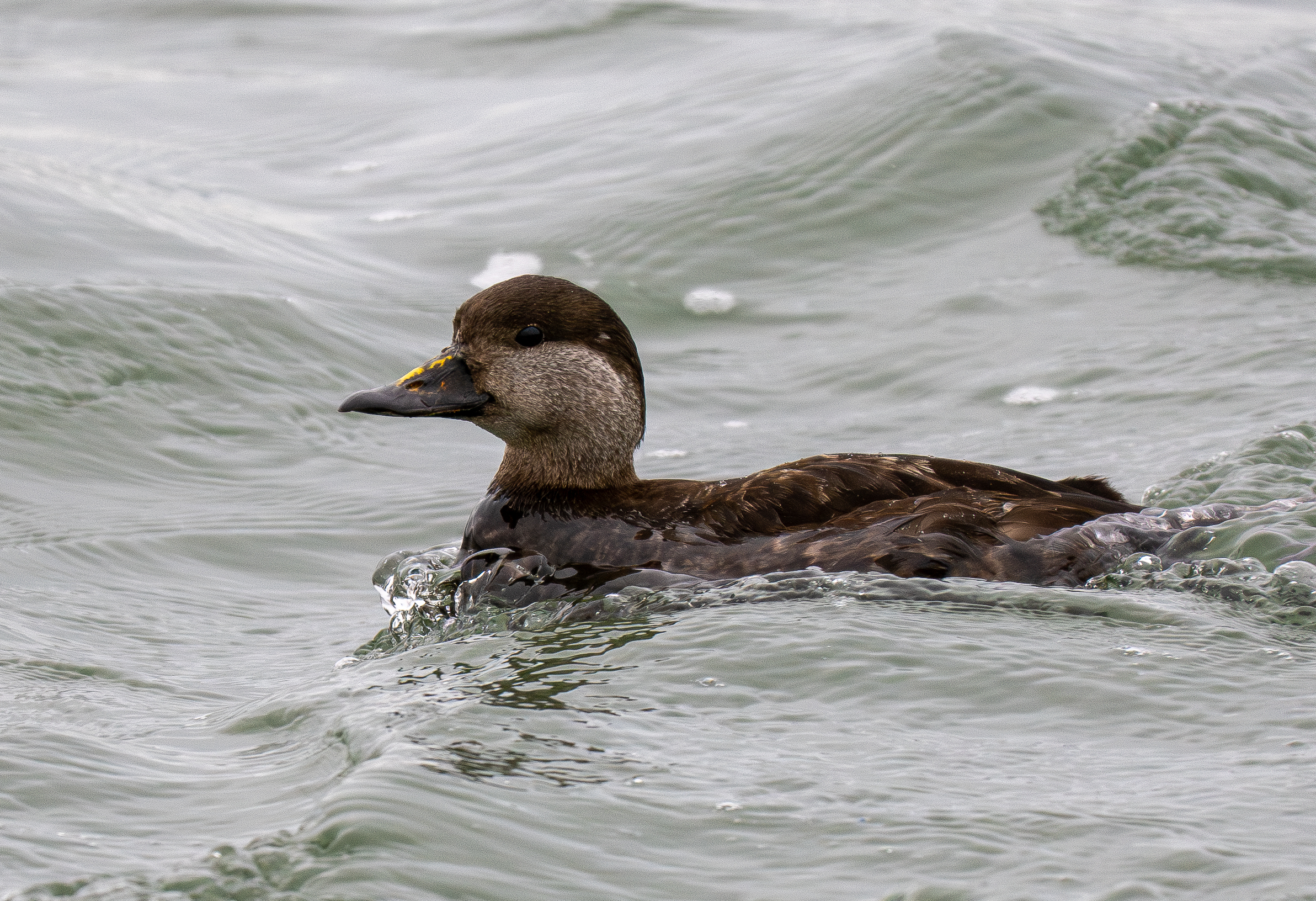




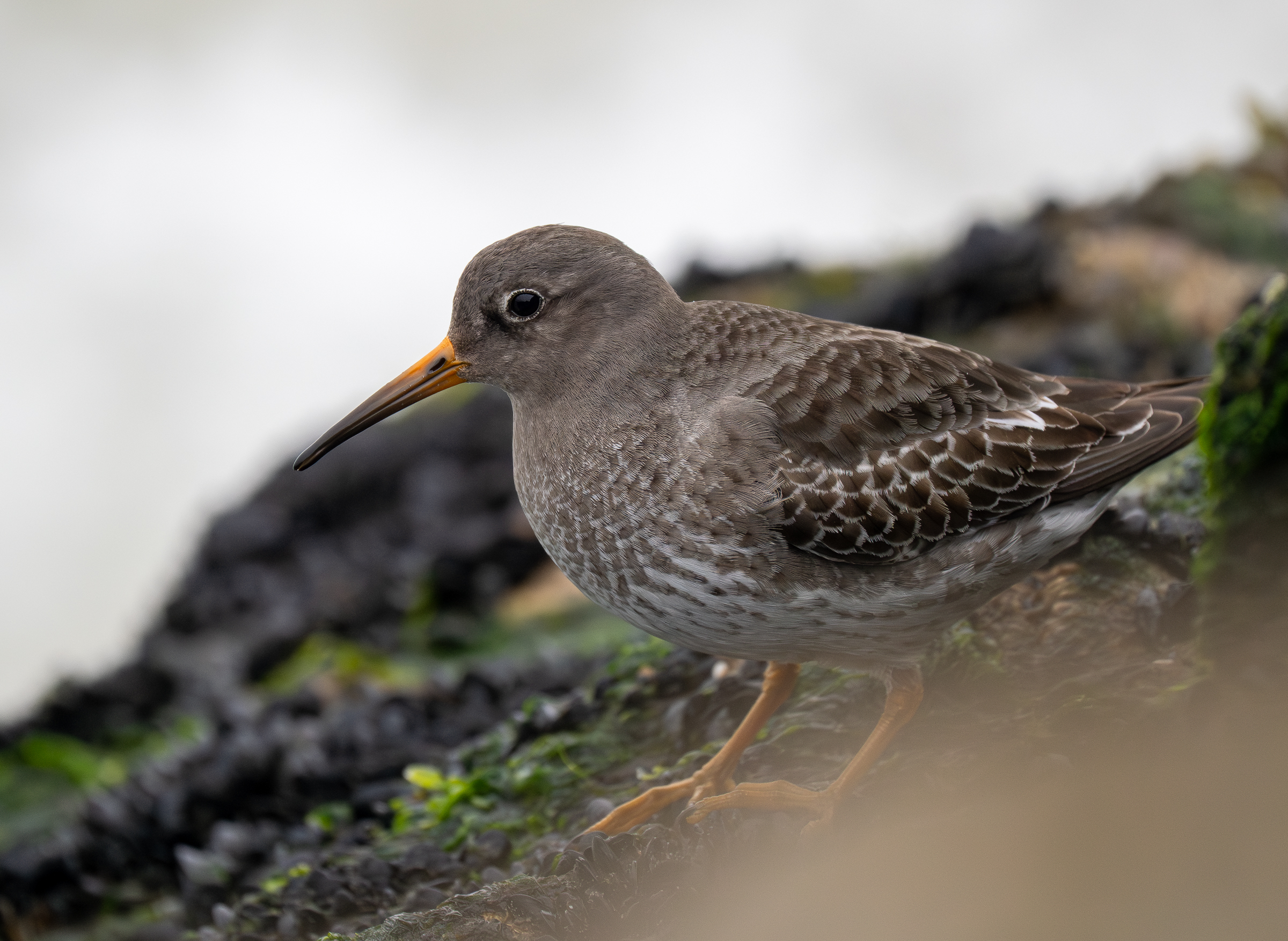




















Comments
Post a Comment